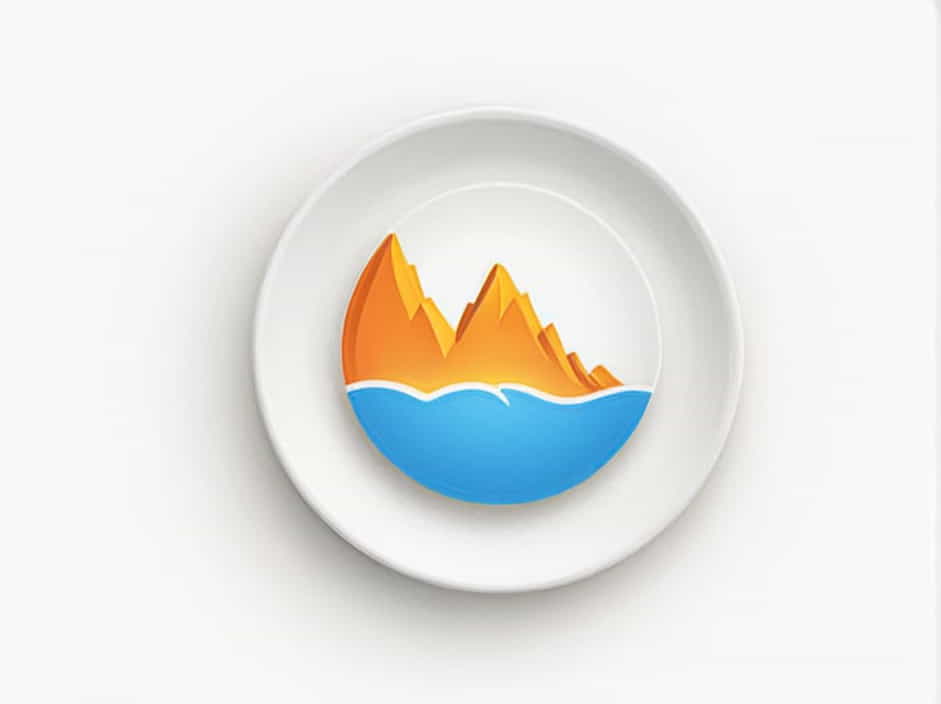A divergent plate boundary is a geological feature where two tectonic plates move away from each other. This movement creates new crust, geological formations, and volcanic activity. These boundaries are primarily found on the ocean floor but also occur on continents, leading to the formation of rift valleys.
Understanding divergent boundaries is crucial for learning about earthquakes, volcanic activity, and the creation of new landforms. This topic explores the definition, causes, types, examples, and effects of divergent plate boundaries.
Definition of a Divergent Plate Boundary
A divergent plate boundary occurs when tectonic plates separate, allowing magma from the Earth’s mantle to rise and solidify, forming new crust. These boundaries contribute to the constant reshaping of Earth’s surface and are key to plate tectonics.
Unlike convergent boundaries, where plates collide, or transform boundaries, where plates slide past each other, divergent boundaries are characterized by spreading and creation rather than destruction.
Causes of Divergent Plate Boundaries
The movement at a divergent boundary is driven by convection currents in the Earth’s mantle. These currents occur due to:
1. Heat From the Earth’s Core
The Earth’s core generates heat, causing mantle material to become less dense and rise.
2. Mantle Convection
As the heated material moves upward, it reaches the lithosphere (Earth’s rigid outer shell) and spreads outward, pulling tectonic plates apart.
3. Gravity and Ridge Push
Newly formed crust at mid-ocean ridges is elevated, causing gravity to push plates away, further driving the divergent movement.
Types of Divergent Plate Boundaries
There are two primary types of divergent boundaries based on their location and geological effects.
1. Oceanic Divergent Boundaries
These occur on the ocean floor, where two oceanic plates move apart, forming a mid-ocean ridge.
- Example: Mid-Atlantic Ridge
- Feature: Creates new oceanic crust, leading to seafloor spreading.
2. Continental Divergent Boundaries
These occur on land, where two continental plates move apart, creating rift valleys.
- Example: East African Rift Valley
- Feature: Forms large cracks, volcanoes, and eventual ocean basins.
Famous Examples of Divergent Plate Boundaries
Several well-known divergent boundaries provide insight into how Earth’s surface evolves.
1. Mid-Atlantic Ridge
- Location: Runs through the Atlantic Ocean, separating North America from Europe and South America from Africa.
- Effect: Seafloor spreading, leading to expansion of the Atlantic Ocean.
2. East African Rift Valley
- Location: Eastern Africa, including Ethiopia, Kenya, and Tanzania.
- Effect: The formation of deep valleys, earthquakes, and volcanic activity.
3. Iceland
- Location: Sits on the Mid-Atlantic Ridge.
- Effect: Active volcanic eruptions and geothermal activity due to the spreading plates beneath the island.
Processes at a Divergent Plate Boundary
1. Seafloor Spreading
When two oceanic plates diverge, magma rises, cools, and forms new oceanic crust. This is a continuous process that widens ocean basins over time.
2. Formation of Rift Valleys
When two continental plates diverge, the crust stretches and breaks into faulted blocks, forming a rift valley that may eventually become a new ocean basin.
3. Volcanic Activity
Magma rising through divergent boundaries can create volcanic islands (e.g., Iceland) or underwater volcanoes along mid-ocean ridges.
4. Earthquakes
As plates pull apart, stress builds and is released through shallow earthquakes, which commonly occur along rift zones and mid-ocean ridges.
Effects of Divergent Plate Boundaries
Divergent boundaries have significant effects on Earth’s surface, climate, and ecosystems.
1. Creation of New Landforms
- New ocean basins form as plates pull apart.
- Rift valleys emerge on continents, altering landscapes.
2. Increase in Volcanic and Seismic Activity
- Frequent earthquakes occur as plates separate.
- Volcanoes form due to rising magma.
3. Ocean Expansion
- The Atlantic Ocean is growing wider due to seafloor spreading at the Mid-Atlantic Ridge.
4. Climate and Ecosystem Changes
- Geothermal activity influences local climates (e.g., Iceland’s hot springs).
- New marine habitats develop along mid-ocean ridges.
Comparison With Other Plate Boundaries
| Feature | Divergent Boundaries | Convergent Boundaries | Transform Boundaries |
|---|---|---|---|
| Movement | Plates move apart | Plates collide | Plates slide past each other |
| Landform | Mid-ocean ridges, rift valleys | Mountains, trenches | Fault lines |
| Volcanic Activity | Common | High | Rare |
| Earthquakes | Frequent but mild | Intense | Moderate to strong |
Human and Environmental Impacts
Divergent boundaries affect human life in various ways.
1. Natural Disasters
- Earthquakes near divergent zones can damage infrastructure.
- Volcanic eruptions pose risks to populations living near rift zones.
2. Geothermal Energy Production
- Countries like Iceland use volcanic heat from divergent boundaries to generate renewable energy.
3. Impact on Marine Ecosystems
- Seafloor spreading creates hydrothermal vents, supporting unique marine life.
Future of Divergent Boundaries
1. Creation of a New Ocean in Africa
- The East African Rift Valley may continue to spread, eventually forming a new ocean separating East Africa from the rest of the continent.
2. Expansion of the Atlantic Ocean
- The Mid-Atlantic Ridge continues to push North America and Europe farther apart.
3. Increased Volcanic and Seismic Activity
- As tectonic movements continue, we may see more volcanic eruptions and earthquakes in rift zones.
A divergent plate boundary is a dynamic geological feature where tectonic plates move apart, leading to the formation of new crust, volcanic activity, and earthquakes. These boundaries shape Earth’s oceans, continents, and ecosystems.
Understanding divergent boundaries helps scientists predict natural disasters, study Earth’s evolution, and explore renewable energy sources. From the Mid-Atlantic Ridge to the East African Rift Valley, these geological features continue to reshape our planet.
